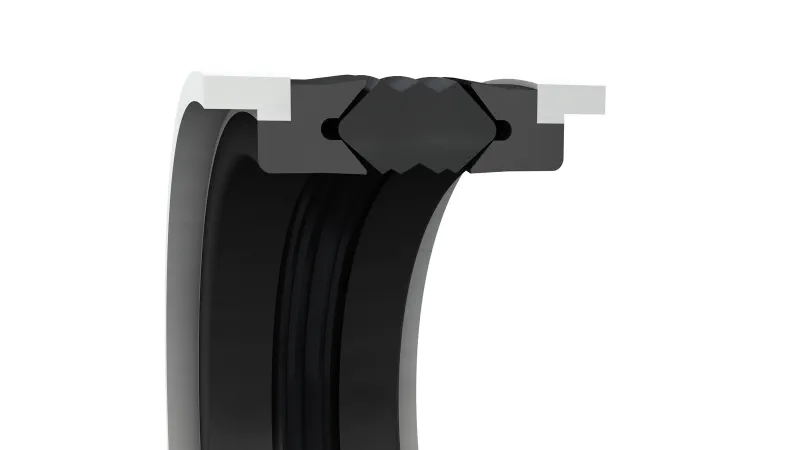Natural rubber, as we usually refer to it, is a solid substance made from the natural latex collected from rubber trees, after coagulation, drying and other processing processes. Natural rubber is a natural polymer compound with polyisoprene as its main component, with the molecular formula (C5H8)n. Its rubber hydrocarbon (polyisoprene) content is over 90%, and it also contains small amounts of protein, fatty acids, sugar and ash.
The physical properties of natural rubber. Natural rubber has high elasticity at room temperature, slightly plastic, very good mechanical strength, low hysteresis losses, low heat generation during multiple deformations, therefore its flexural resistance is also very good, and because it is a non-polar rubber, it has good electrical insulation properties.
Rubber, together with plastics and fibres, is one of the three synthetic materials with a high degree of stretchability and elasticity. Rubber is characterised firstly by a very small modulus of elasticity and a high elongation rate. Secondly, it has a fairly good resistance to permeability as well as resistance to various chemical media and electrical insulation. Some special synthetic rubbers have good oil and temperature resistance, resisting the swelling of fatty oils, lubricating oils, hydraulic oils, fuel oils and solvent oils; cold resistance can be as low as -60°C to -80°C and heat resistance can be as high as +180°C to +350°C. Rubber is also resistant to all kinds of flexural and bending deformations, as hysteresis losses are small. The third characteristic of rubber is that it can be used, blended and compounded with a variety of materials and thus modified in order to obtain a good combination of properties.
Post time: Jun-20-2023







